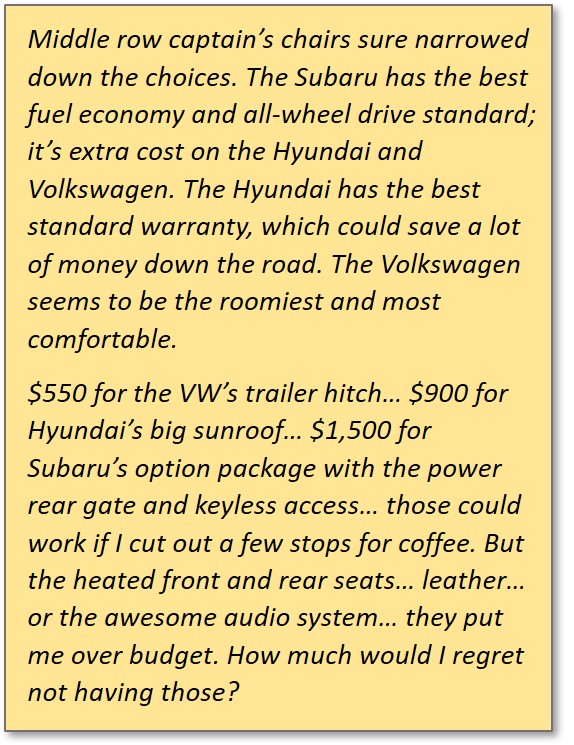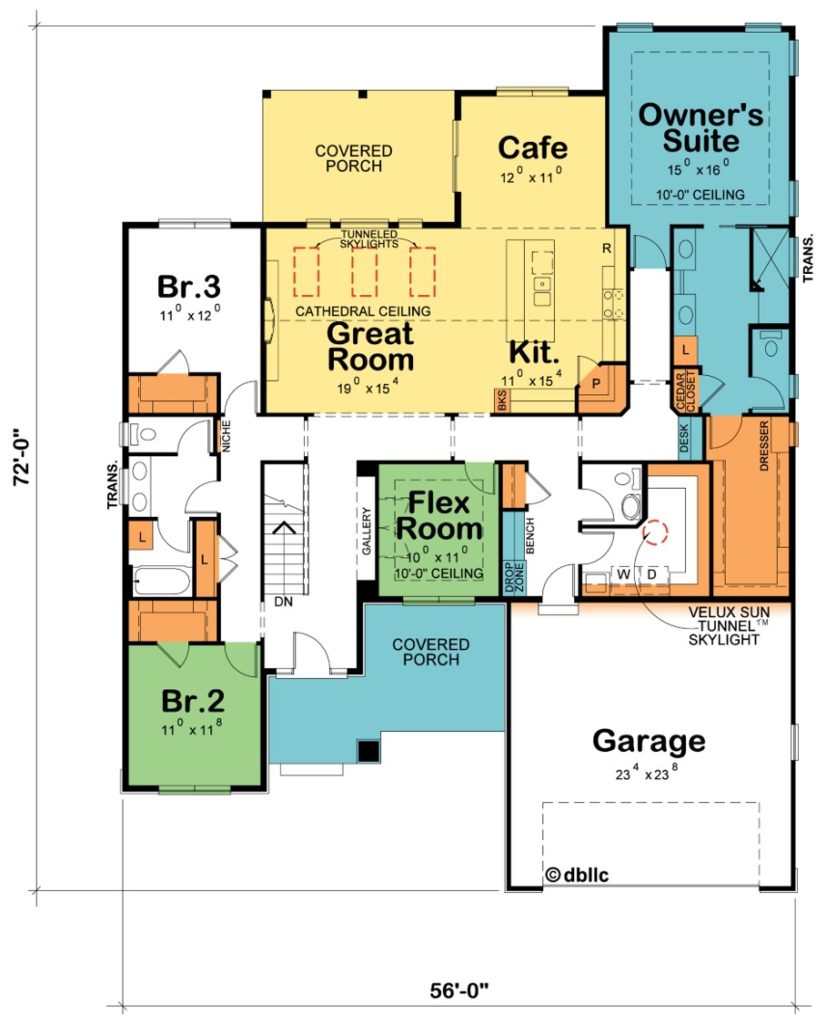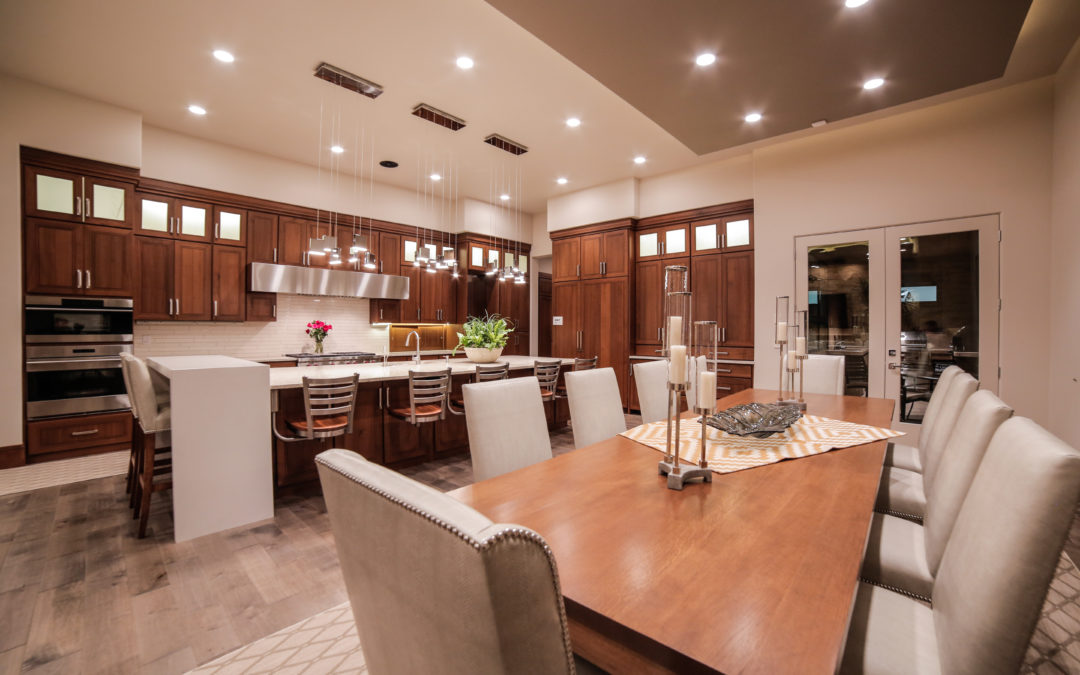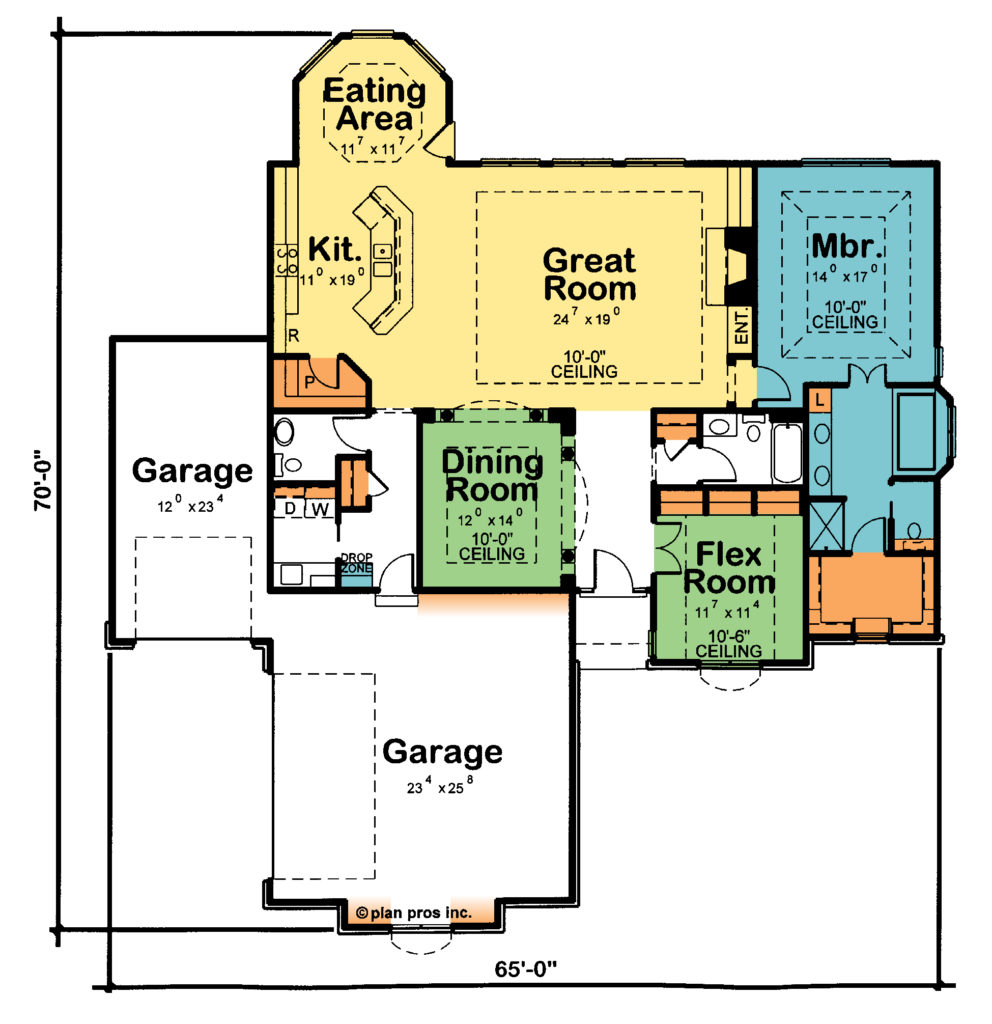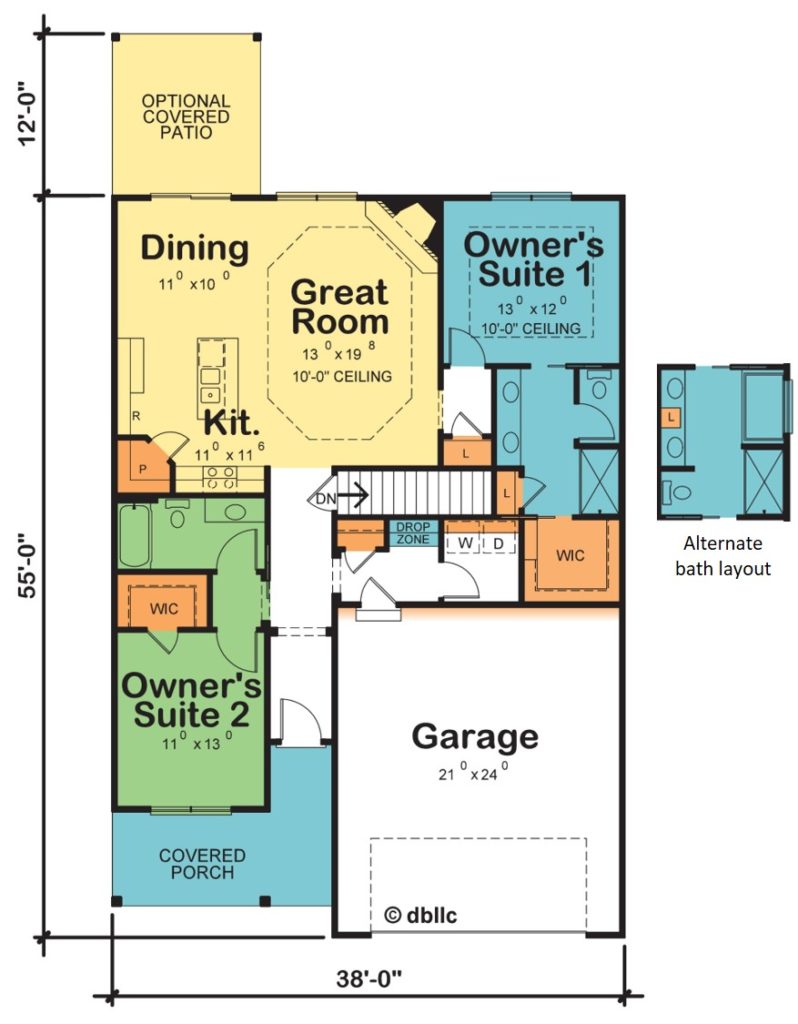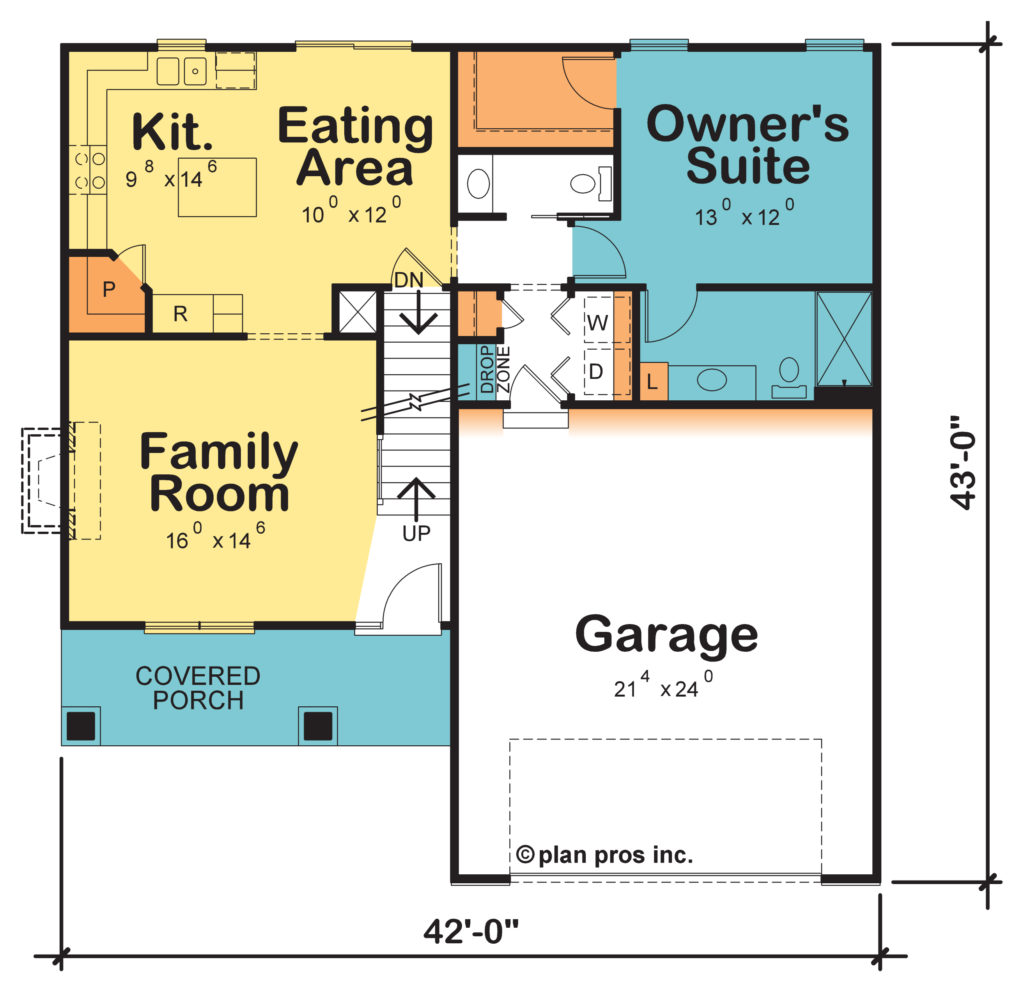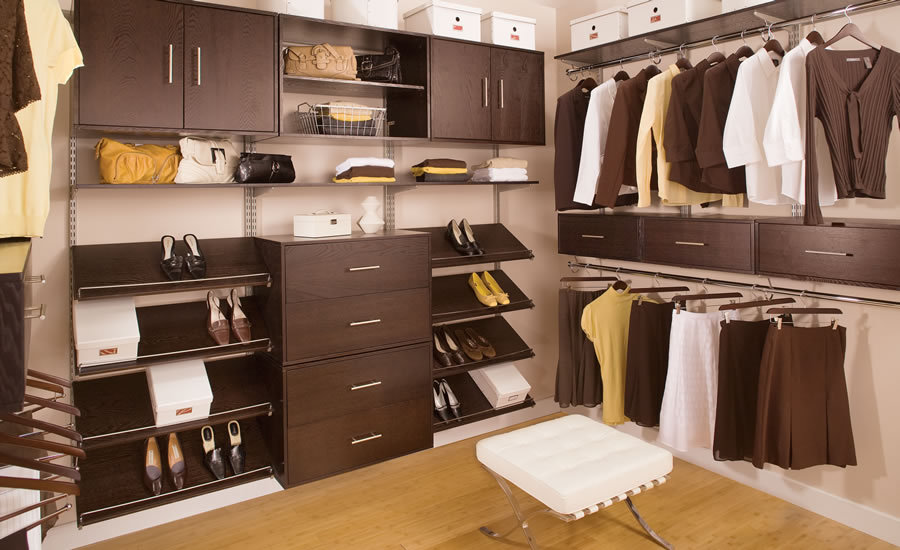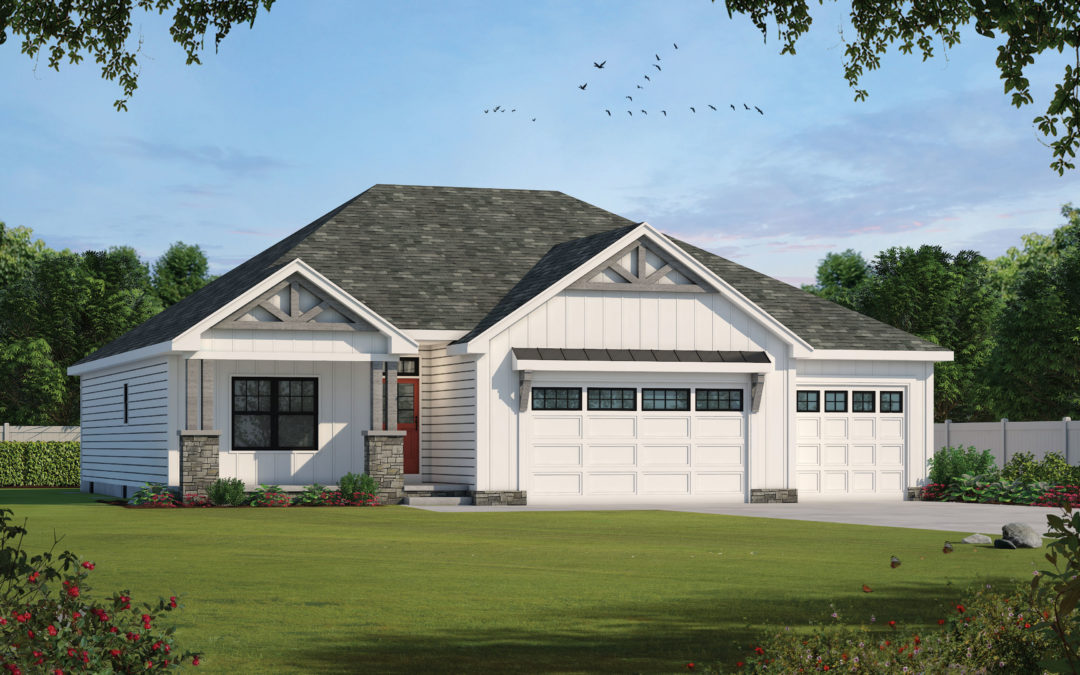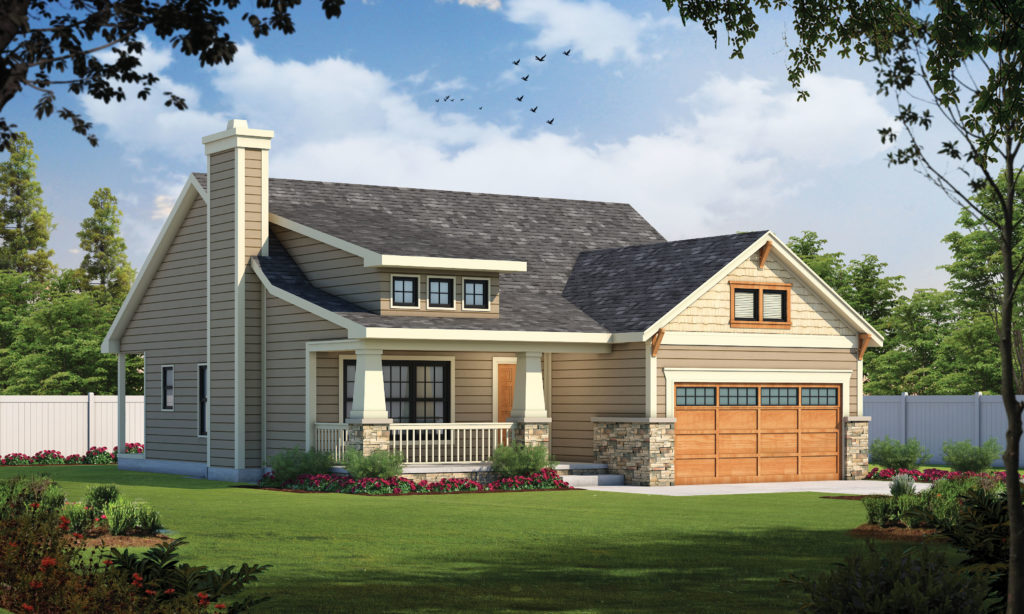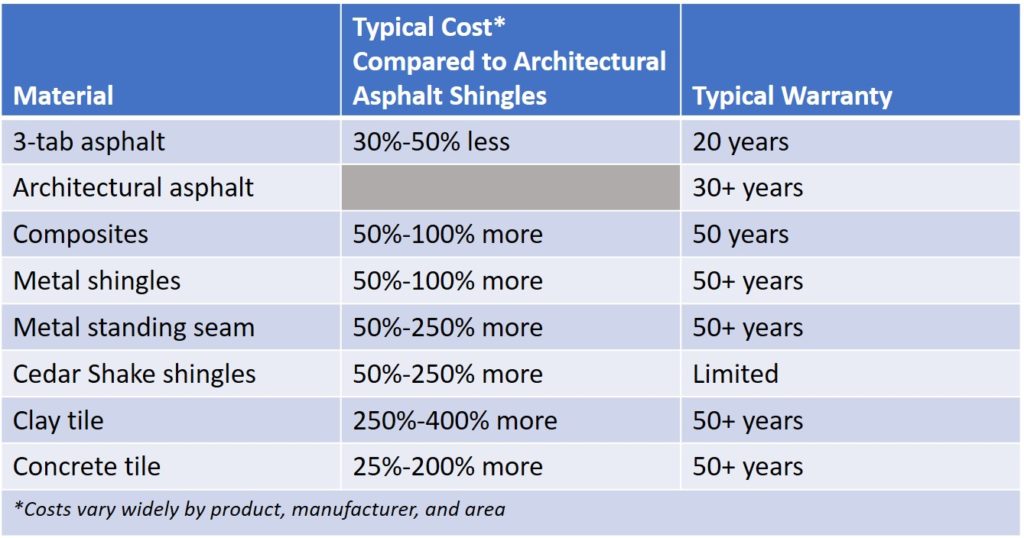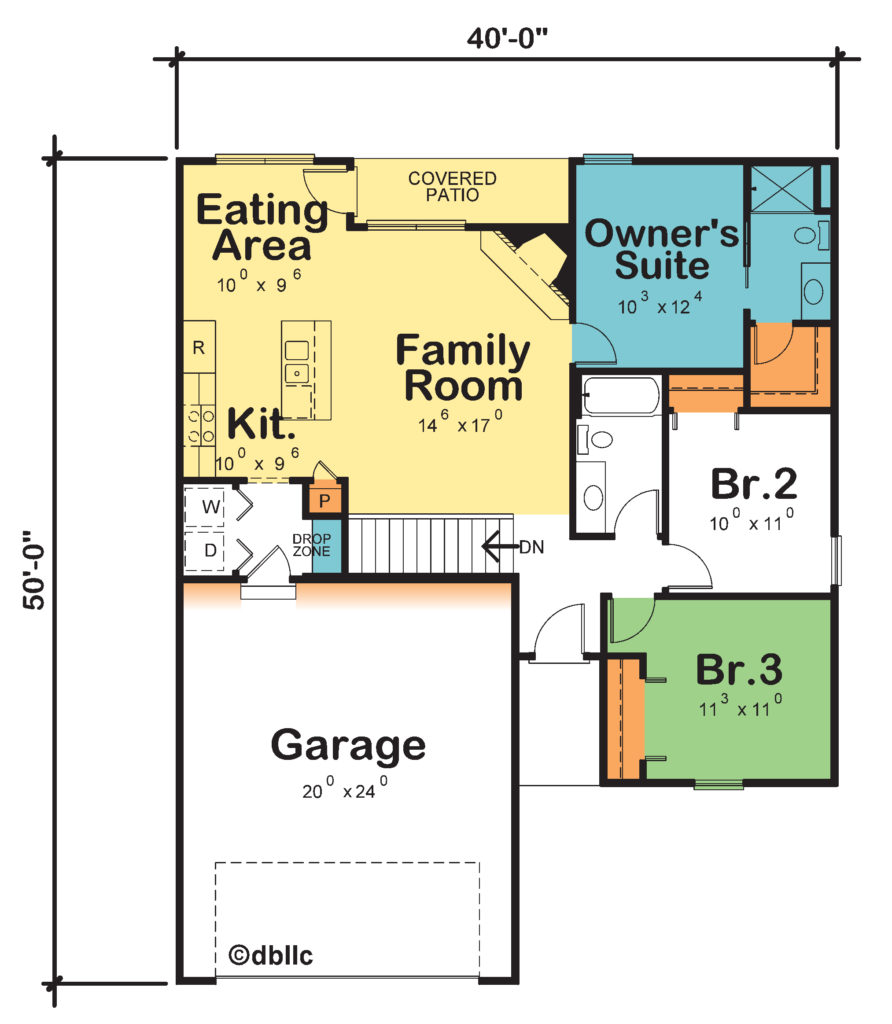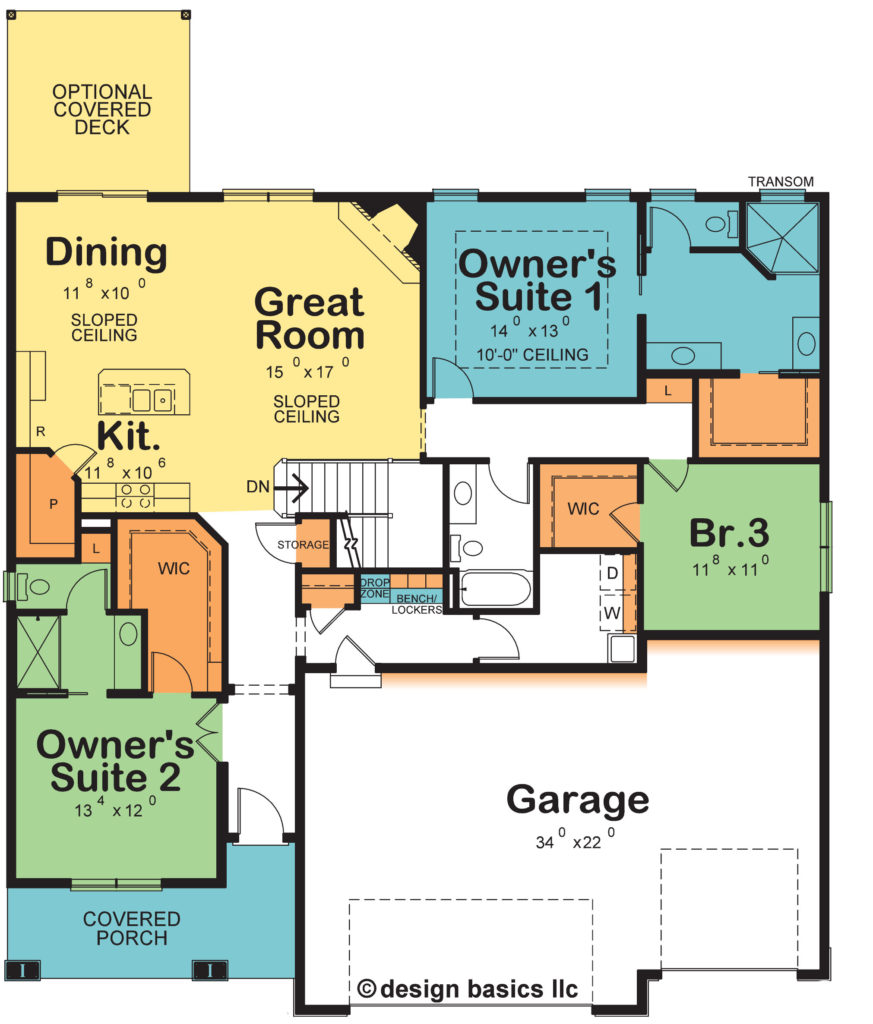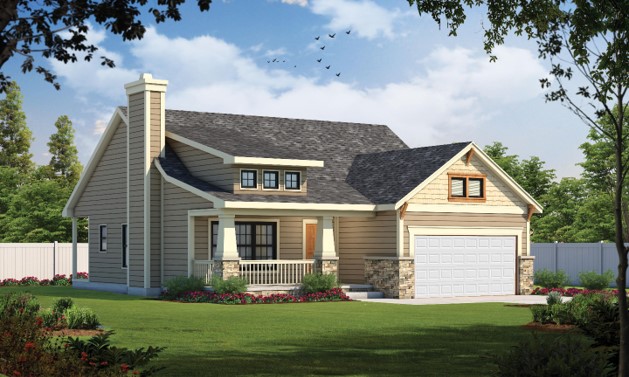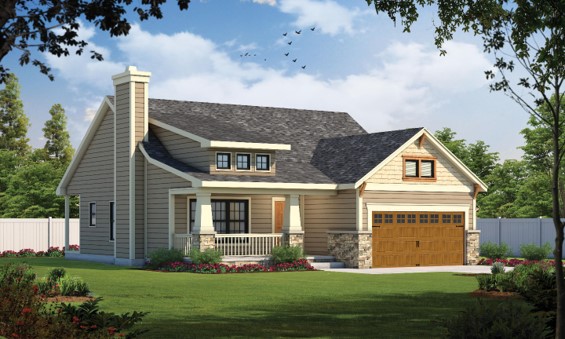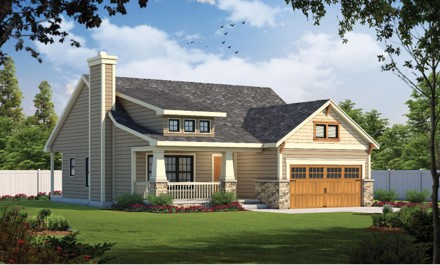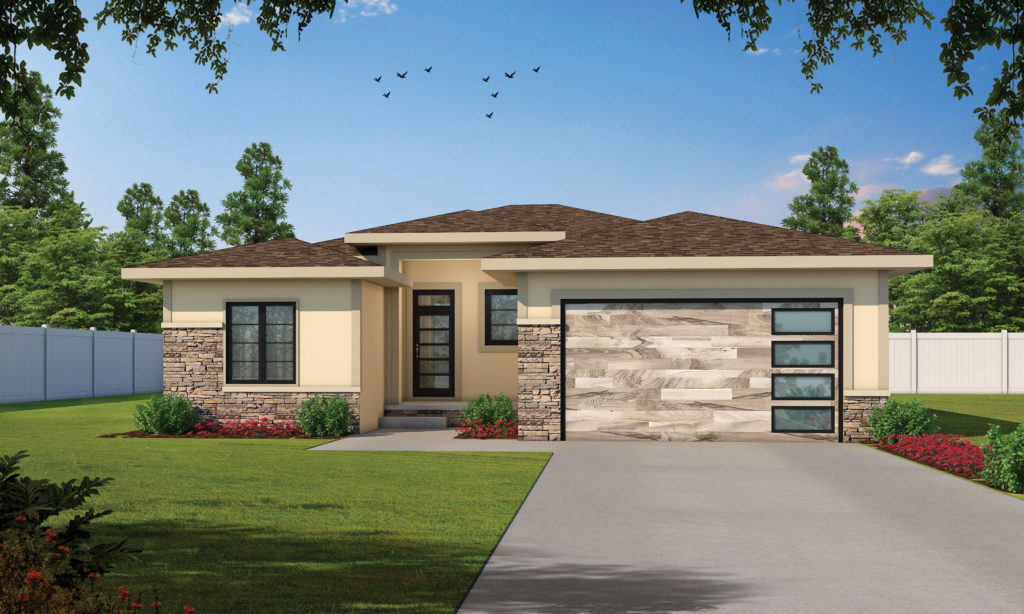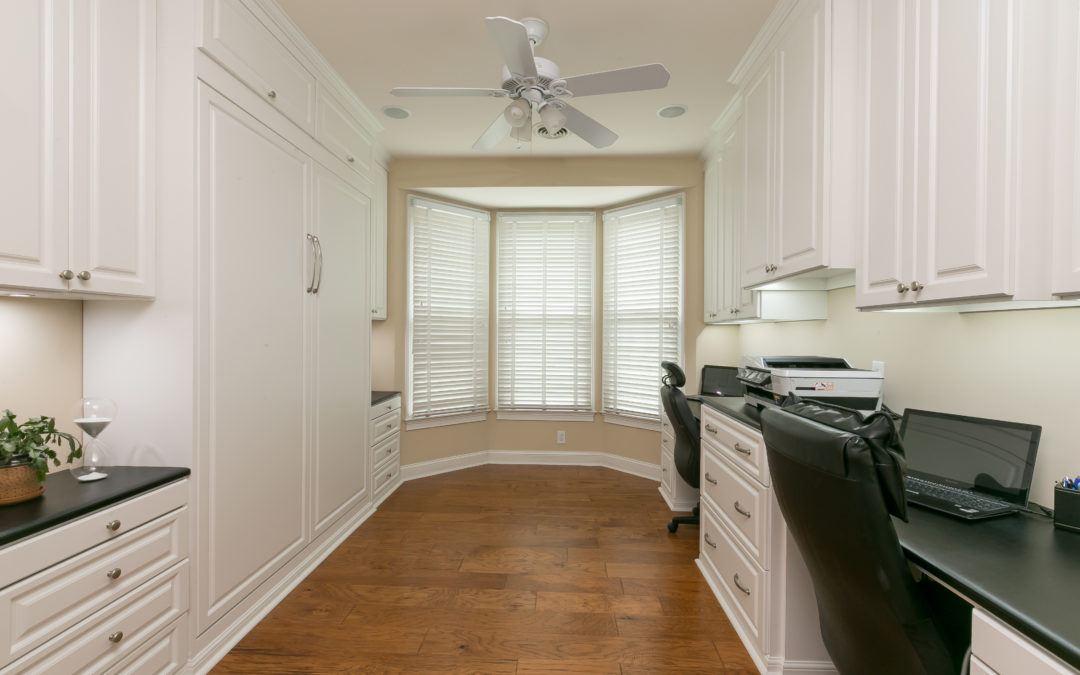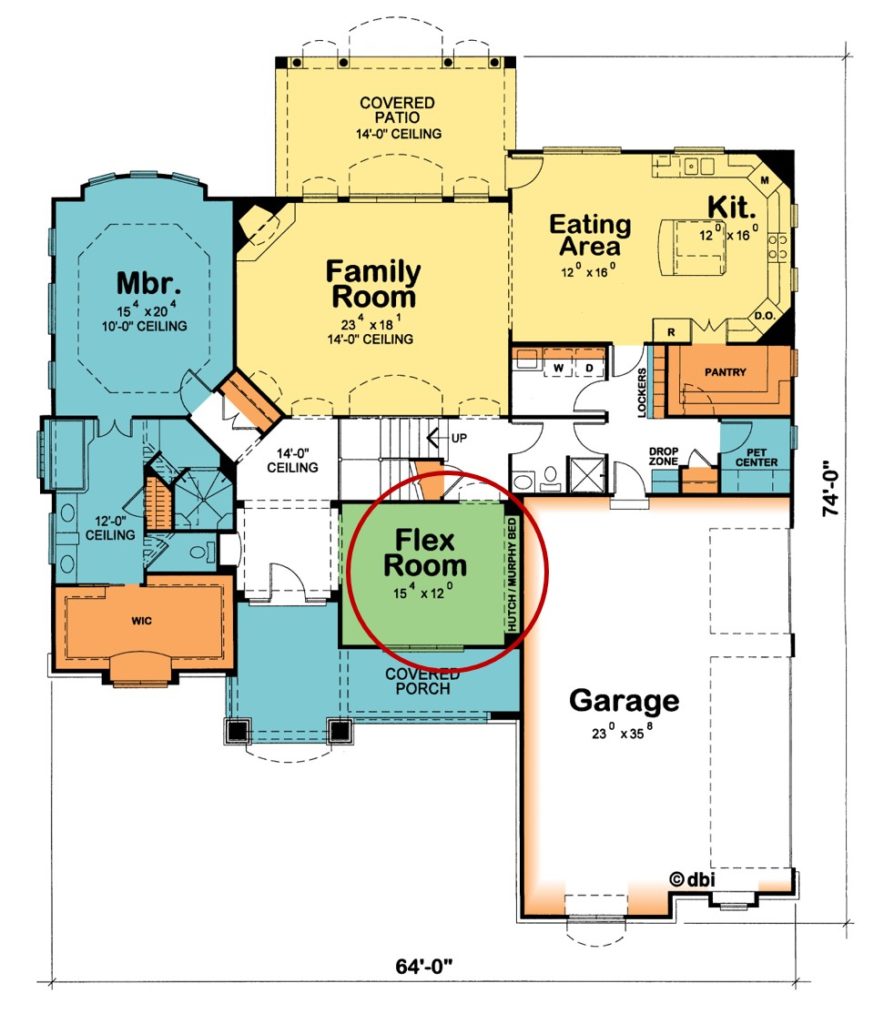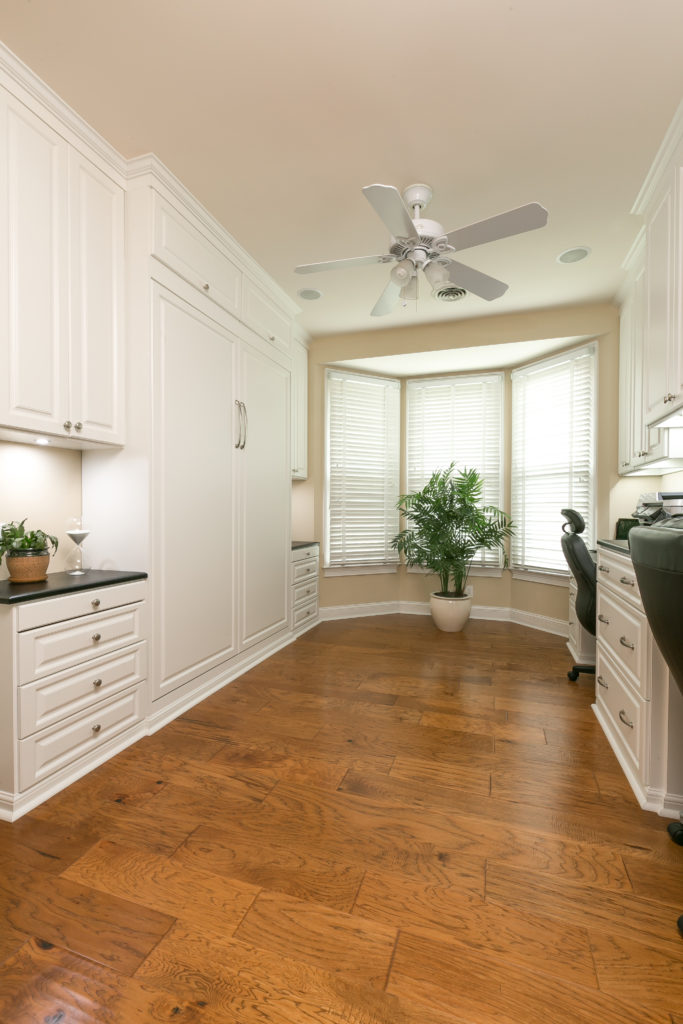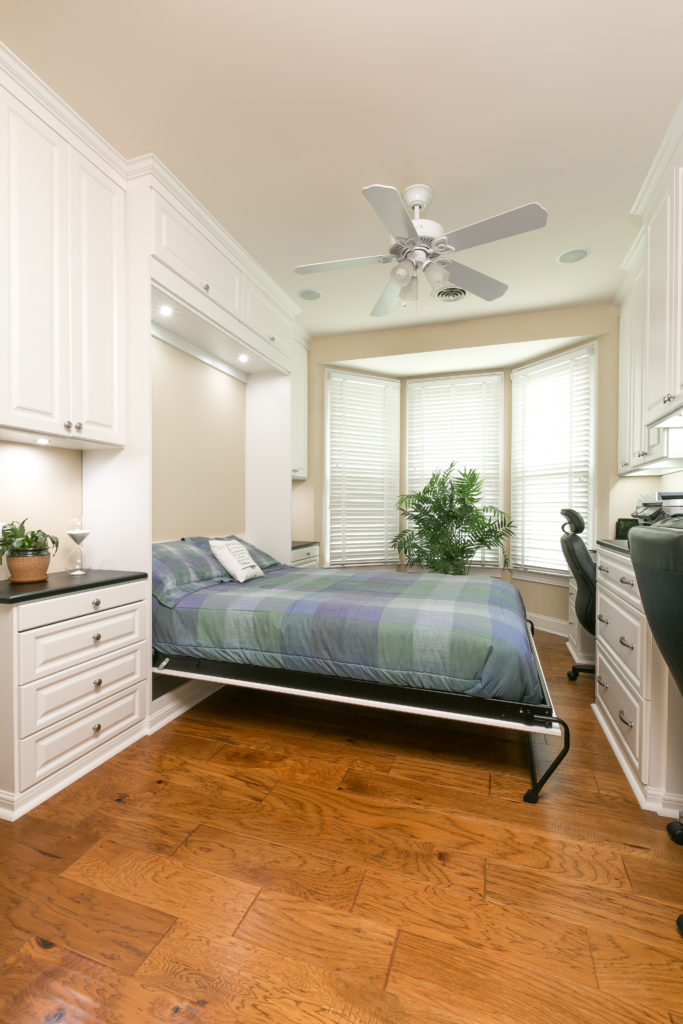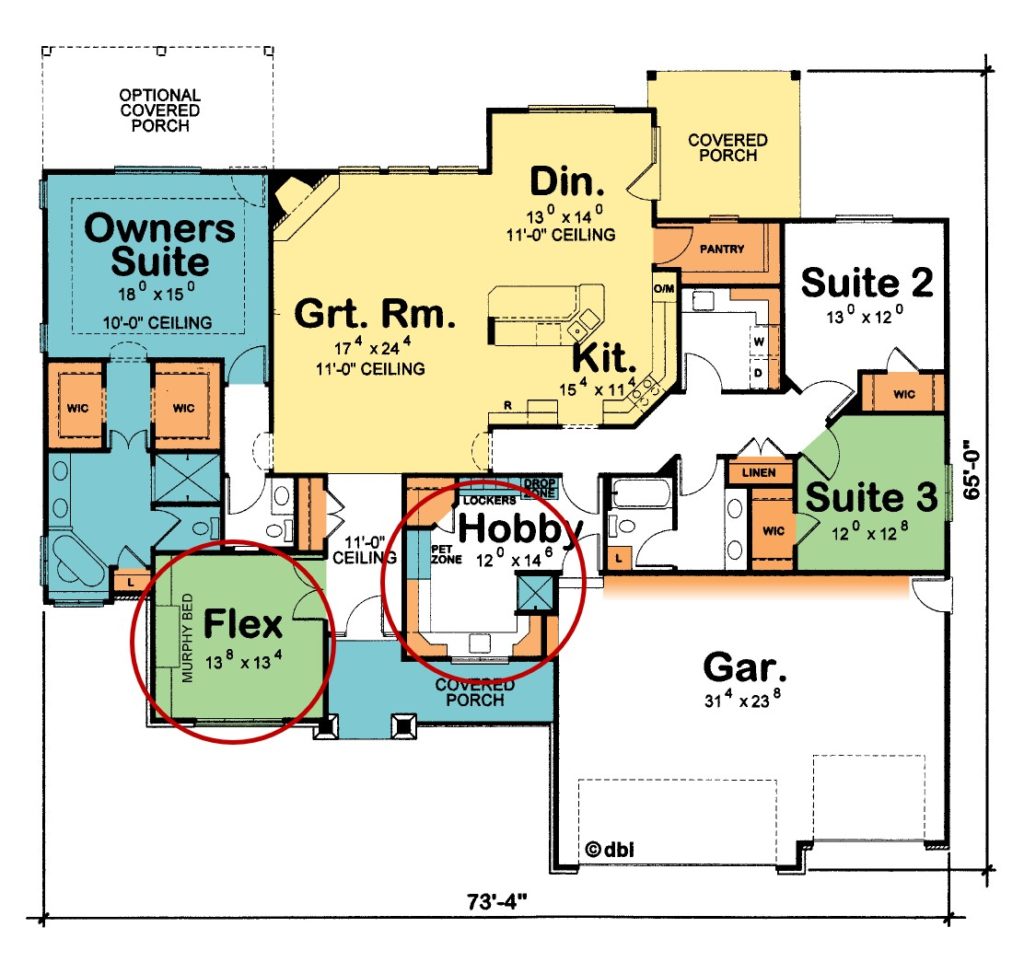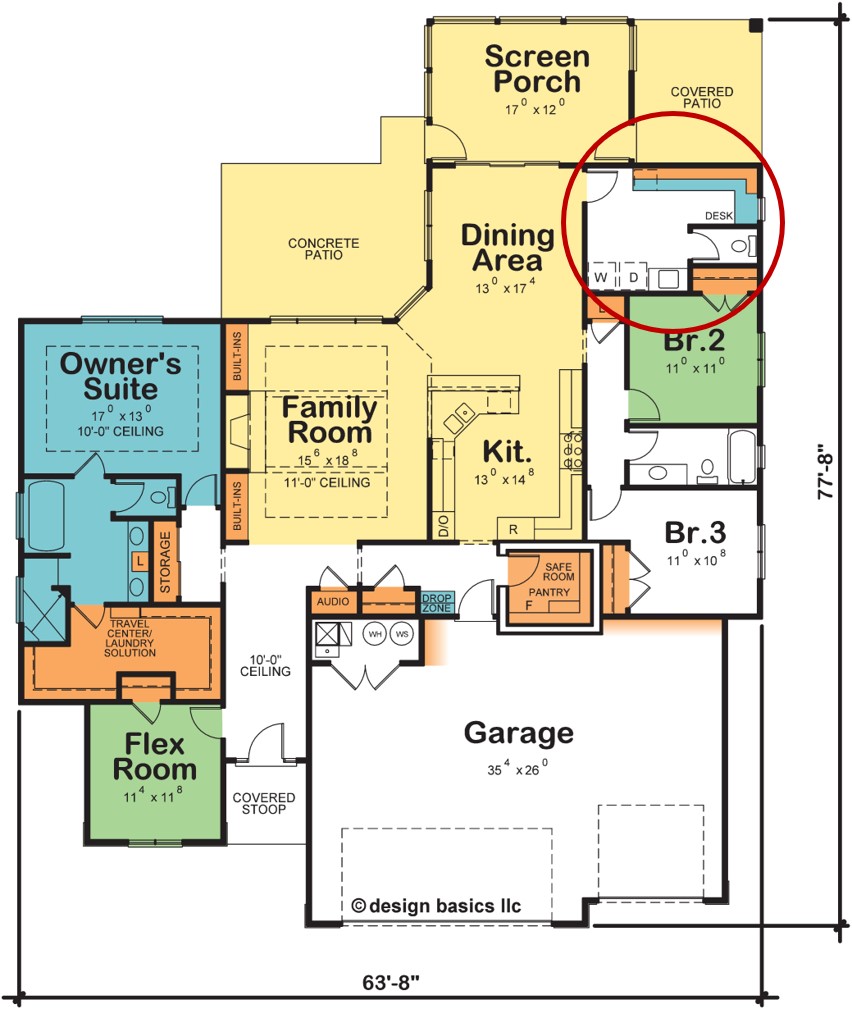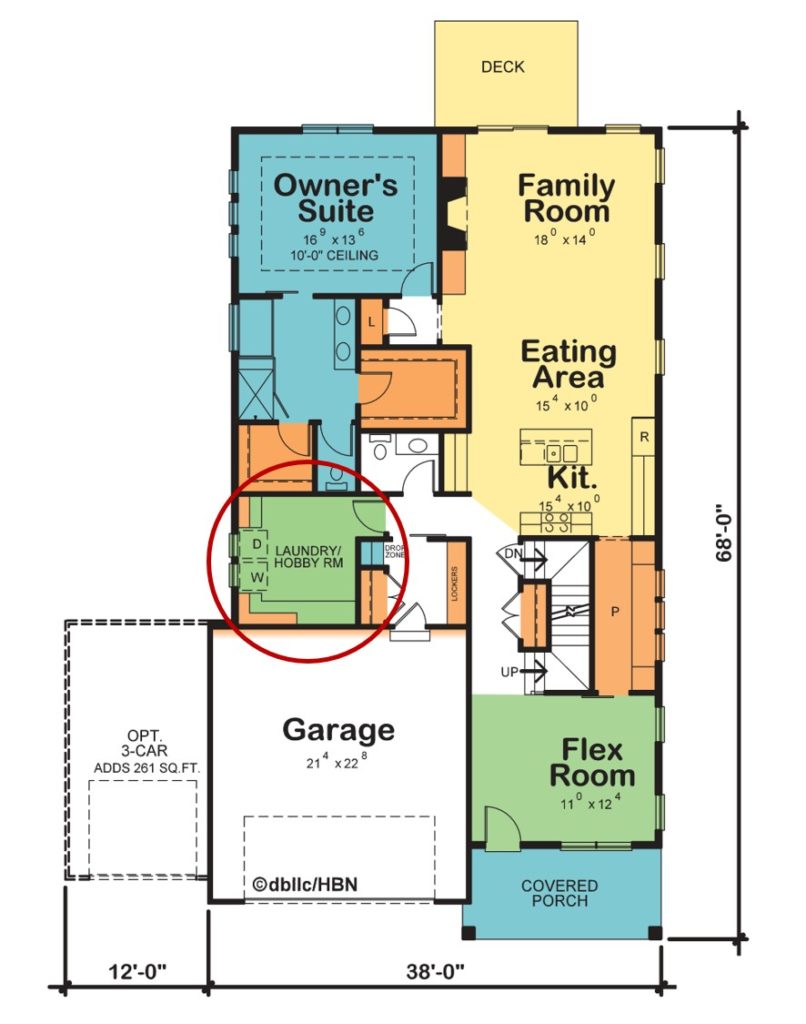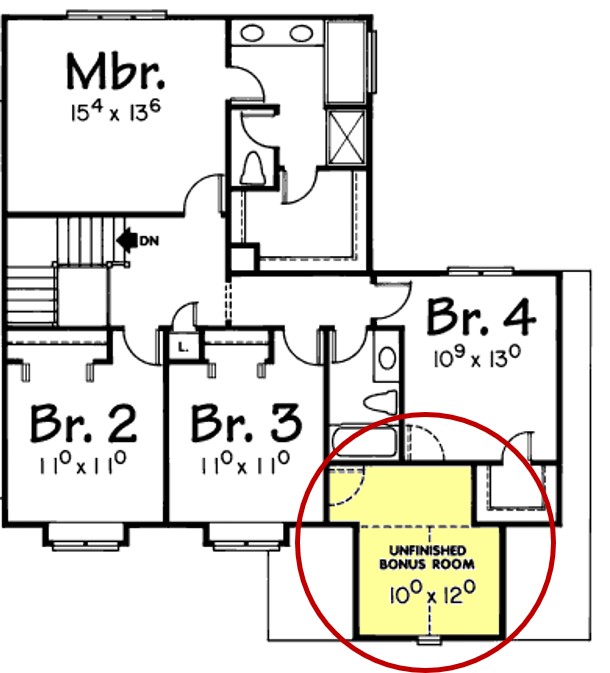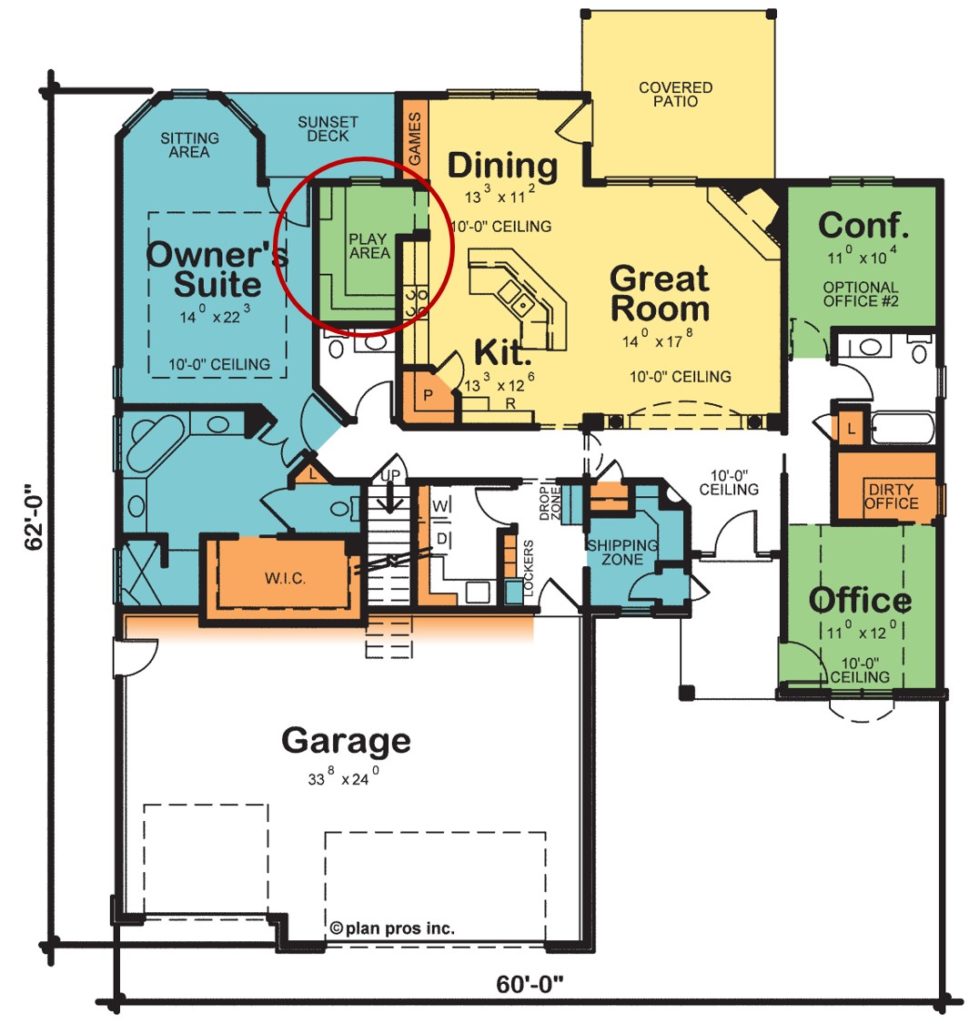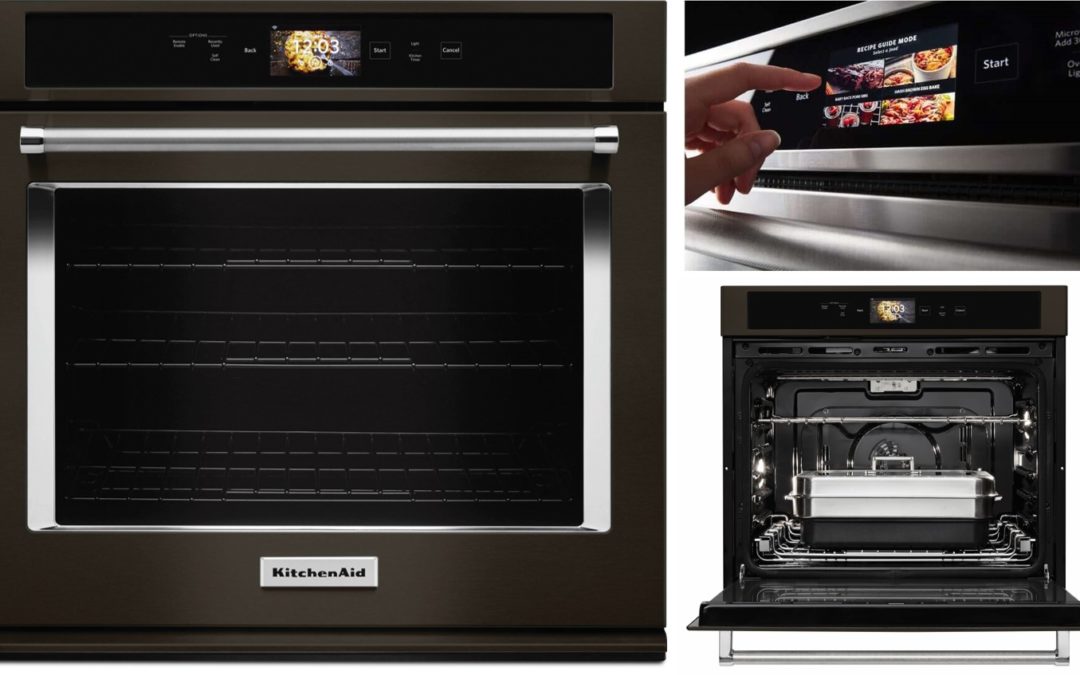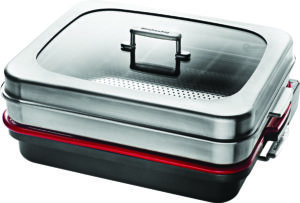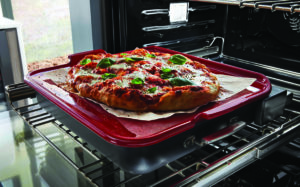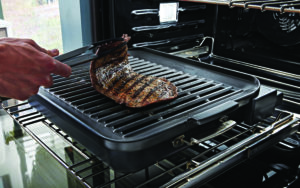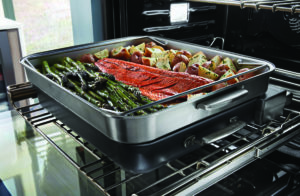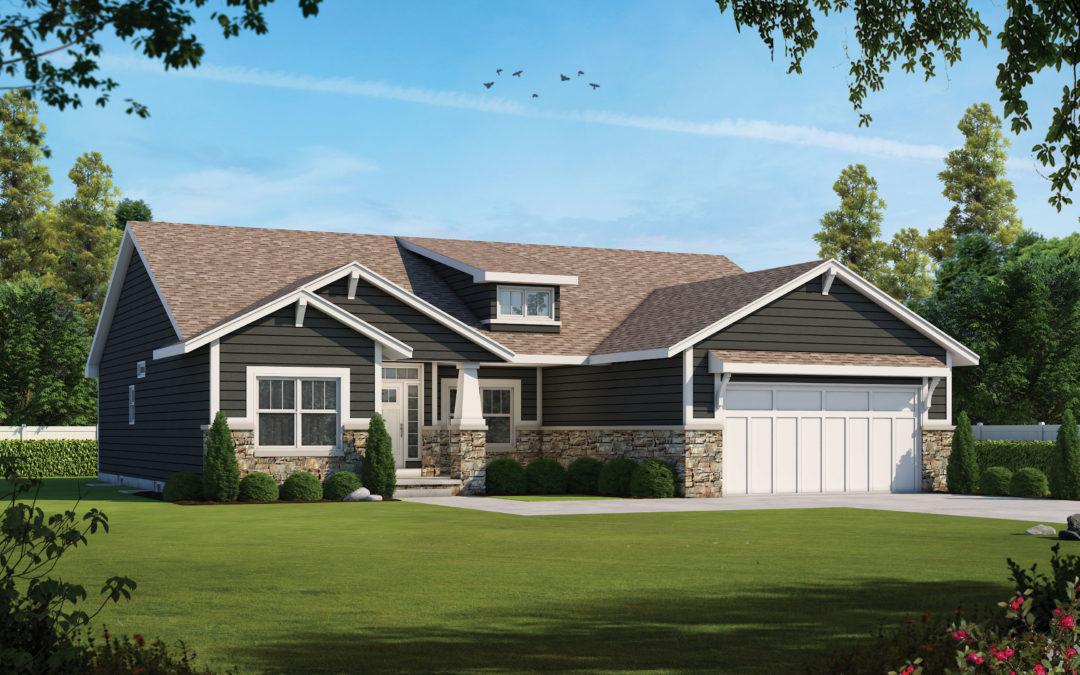
How Your Choices Affect the Cost of Your New Home
My daughter asked me to go car shopping with her. With two young boys (one that’s just 8 months old) she was ready for an SUV with three rows of seating. Her preferences had a major impact on the vehicle’s price. First, the middle seats had to be captain’s chairs. Second, the vehicle had to be all wheel drive. Overall price and safety features were the next priorities. Beyond that, vehicle amenities fell into the “wants” and “nice to have” categories as opposed to “needs.”
Like new vehicle buyers, new home buyers’ choices have a major impact on the price of their new home. You need three bedrooms and a flex room that can double as where you occasionally work from home. You’re ruling out homes that don’t have your bedroom on the main floor plus an oversized shower, two sinks, and a private toilet area in your bathroom; or homes that don’t have a single dining area capable of hosting holiday family meals; and builders without a model home you can actually walk-through.
While those non-negotiables have a direct bearing on price, so also do the design and product amenities you want. You love being outdoors; the covered deck adds $7,000. The beautiful Craftsman-themed exterior is also $7,000 more. Inside, the spa bath upgrade runs $10,000, while the gourmet kitchen package comes in at $8,500. Building green, energy-efficient, and healthy are important to you; the price tag for the high-performance insulation option is $5,000; while the indoor air quality package for $4,000 could make a big difference with your kids’ asthma. And you keep coming back to the option of building that big pantry as a safe room…
Though price is just a number, it conjures up so many emotions! That indoor air quality package can remove 99.9% of all airborne particles and over 90% of viruses. That’s interesting information. But it feels so good making nurturing choices such as caring for my family’s health, or even selfishly, wasting lees time dusting. As a new home buyer, anything you’re willing to spend extra money on is worth more to you than its price. Modifications to the plan, optional design amenities, upgraded products – these choices are very personal, and represent decisions wherein you’re not willing to settle for less.
Though you’ll have to stretch your budget, you’ve fallen in love with the Bonham (#42239V) plan with VELUX® skylights incorporated into the design! You can already see yourself lounging on that covered rear porch, but that’s also going to significantly cut down on daylight in your great room. The skylights will make a dramatic difference. That gorgeous fireplace is emotional, too! Which would you choose? Or, do you give in, opt for both, and commit to be bit higher monthly payment?
(Click on image to enlarge.)
My daughter is now driving a Subaru Ascent. Like most shoppers, she chose to spend more to get what she really wanted, but to stay within the budget she had established there were some trade-offs. When shopping for a new home your experience will likely be similar – with one important difference. Some of the things you want in your new home can be future projects. Create a 3- to 5-year plan for your landscaping rather than funding that cost up front. You might finish off the space over the garage a couple years from now to keep your purchase price down. Doing so may free up money now for other amenities you are longing to enjoy in your new home!
For more resources on thoughtful design and products:
- View other articles on our blog
- Browse our Her Home™ Magazine
- Thoughtful Design Concepts
Cover image: Bonham (#42239V) Plan

